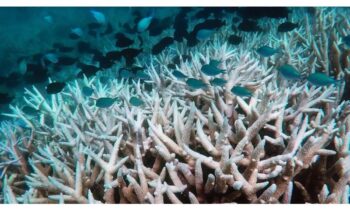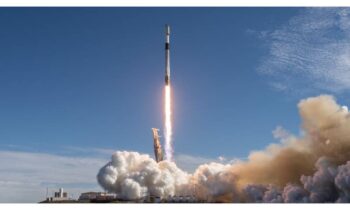Just in time for its anticipated launch in 2028, Europe’s long-delayed ExoMars rover mission to the Red Planet received a boost.
On Thursday, May 16, NASA and the European Space Agency (ESA) signed a memorandum of understanding, officially collaborating on the project that will deploy the Rosalind Franklin rover, designed to search for life on Mars.
Due to Russia’s invasion of Ukraine two years ago, ESA severed its connections with Roscosmos, the space agency that had been the primary collaborator on ExoMars. Consequently, the mission’s planned launch window was missed, and it now has to wait until 2028.
Currently, ESA, its member nations, European business, and NASA are working to forge new alliances and synergies.
US Donations
This is the updated ExoMars agreement:
To launch Rosalind Franklin, NASA’s Launch Services Program will purchase a commercial American rocket. Along with heating units for the robot, the U.S. space agency will also supply a portion of the propulsion system required to land the rover safely on Mars.
The final components will consist of lightweight radioisotope heating units (RHUs), which NASA and the US Department of Energy (DOE) will supply together. According to ESA officials, work on developing and certifying a European RHU to fly on the mission would proceed in parallel, with the United Kingdom leading the charge.
By the end of this decade, the U.K. effort, known as the ESA GSTP/ENDURE initiative (ENDURE stands for “European Devices Using Radioisotope Energy”), aims to achieve an end-to-end European capability for radioisotope heat and power systems.
Digging deeper, in terms of politics and science
Rosalind Franklin is designed to dig down to a maximum of 6.5 feet (2 meters) beneath the surface of Mars. By doing this, samples of Mars that have been shielded from intense heat and radiation from the surface will become accessible.
In an exclusive interview with Space.com last month at the Space Foundation’s 39th Space Symposium in Colorado Springs, ESA Director General Josef Aschbacher highlighted ExoMars.
“ExoMars started around 2010-201l, with NASA originally a partner. But budget issues had NASA drop out. So then in working with Russia it moved forward for about 10 years. With war in Ukraine and the sanctions that our member states imposed on Russia, I could not finish the program,” Aschbacher stated.
“And this is something quite drastic,” he continued. “The ExoMars rover was finished and ready for launch in September 2022. The war started in February 2022, so I stopped and terminated the cooperation with Russia.”
Discovering any microorganisms?
Aschbacher is prepared for brand-new, big-time discoveries on the significance of ExoMars in the ongoing investigation of the Red Planet.
“It will drill into the surface, which is quite unique. There’s no chance to find life on the surface. You have to go down, and exobiologists are saying at least 1.5 meters, and we go down 2 meters,” Aschbacher stated.
The head of ESA said, “Can you imagine how exciting this will be?” “Just imagine finding some microbes of life and to analyze whether there is DNA or no DNA. Would the DNA be similar to ours or not? Unimaginable … and we just don’t know.”



